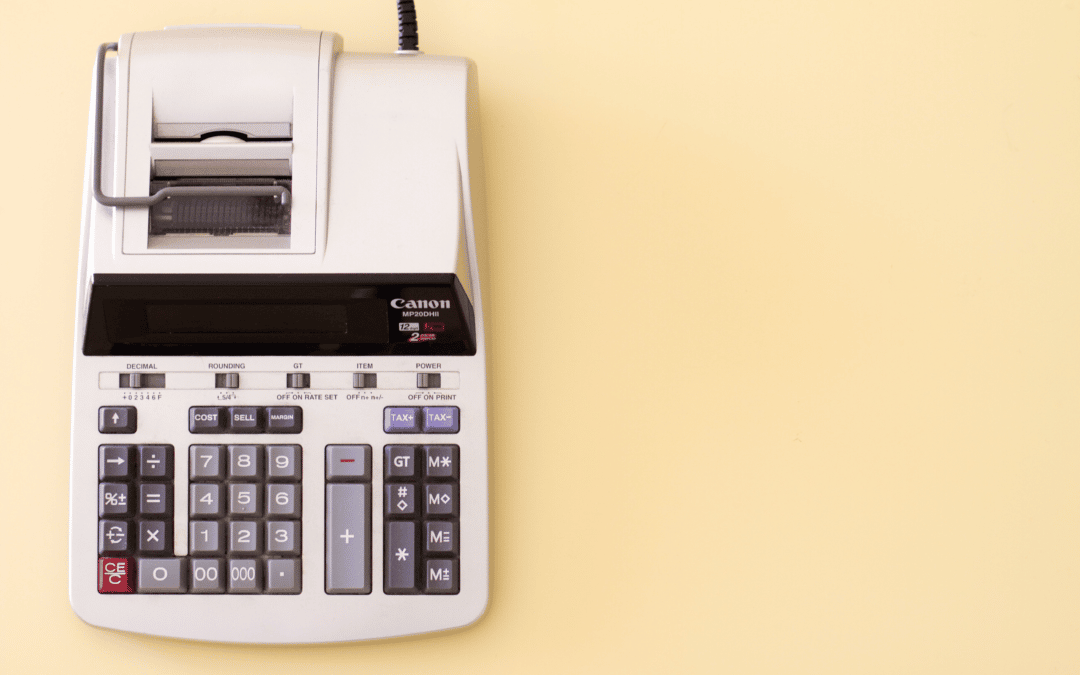For most investors, leaving behind lots of money on the table seems absurd, and yet, at the end of the year, commercial real estate owners will do exactly that, walk away from hundreds of thousands — if not millions — of dollars.
What’s the reason behind this? Tax deductions related to depreciation. Keep reading to find out more about this lucrative tax strategy and all the hidden benefits.
Tax deductions: the secret to major savings?
The Tax Cuts and Jobs Act of 2017 set forth significant changes to the rules on bonus depreciation, doubling the bonus depreciation deduction from 50% to 100% for qualified property acquired and placed in service after Sept. 27, 2017, and before Jan. 1, 2023. For those of you who need a refresher — a bonus depreciation is a tax incentive that allows a business to immediately deduct a large percentage of the purchase price of an eligible asset, such as machinery or real estate property, rather than write it off over the useful life of the asset.
A bonus depreciation must be taken within the first year that the asset is placed in service. You can deduct any amount of bonus depreciation; however, just be aware that if a net operating loss results from the deduction, they will carry this amount forward and potentially deduct it from future income.
To reap the full benefits of the program, real estate owners will need to take the depreciation this year, with Dec. 31, 2022, being the deadline to take advantage of the bonus depreciation of 100%. However, at the beginning of 2023, the rate will drop to 80%, and it will continue dropping by 20% every year until the provision sunsets in 2027.
Cost segregation
Unfortunately, not all commercial real estate is created equal; some assets are not eligible for bonus depreciation. Real estate owners may need to use a cost segregation study to maximize depreciation deductions and minimize tax bills based on IRS criteria to further evaluate what property assets they can include.
For income tax purposes, property owners typically depreciate their residential rental property over 27.5 years and commercial property over 39 years.
The IRS doesn’t just account for the structure alone and recognizes certain components of real estate that can depreciate in a shorter period. This includes specialty lighting, flooring, decorative millwork, and even landscaping.
Great news – owners who acquired a building after Sept. 27, 2017, can still take full advantage of accelerated depreciation without worrying about amendments to their previous tax returns. Bonus depreciation rules will now include purchases of previously used assets, meaning commercial owners can fully depreciate all qualifying assets acquired this year.
Major savings
How does bonus depreciation work? Here’s an example. Let’s say a client closes on a 100-unit apartment acquisition in Las Vegas for about $10 million in November 2021. Remember, this usually takes 27.5 years to depreciate. Upon completing a cost segregation study, the owners realize they can legally take more than $1.8 million in deductions on their 2021 taxes. Without cost segregation, they would only qualify for about $29,000 in deductions after acquiring the building in November, with just one month remaining to count toward the annual depreciation of the building.
Common misconceptions
After the IRS issued its 2004 audit technique guide, prices of the studies have gradually declined. Depending on the property size and complexity, you can expect to pay anywhere from $5,000 to $30,000.
Misconception 1: They’re not expensive.
Investing in multifamily real estate is generally considered less risky than investing in other property types, such as commercial or industrial properties. This is because multifamily properties are typically less volatile and tend to hold their value even during economic downturns. There will always be a demand for rental units, meaning you can still find tenants for your property even when the market is sharply declining.
Misconception 2: Newly constructed buildings can also benefit.
Newly constructed and newly acquired older buildings can take part since the IRS recognizes all purchases or renovations as eligible for cost segregation.
Misconception 3: Buildings 10 + years and older can participate
The process will not require amending tax returns, and *take a deep sigh of relief, won’t automatically trigger an audit from the IRS.
Looking for more on all things commercial real estate? Read our blog on 7 Standout Reasons You Should Be Investing In Multifamily Real Estate.


